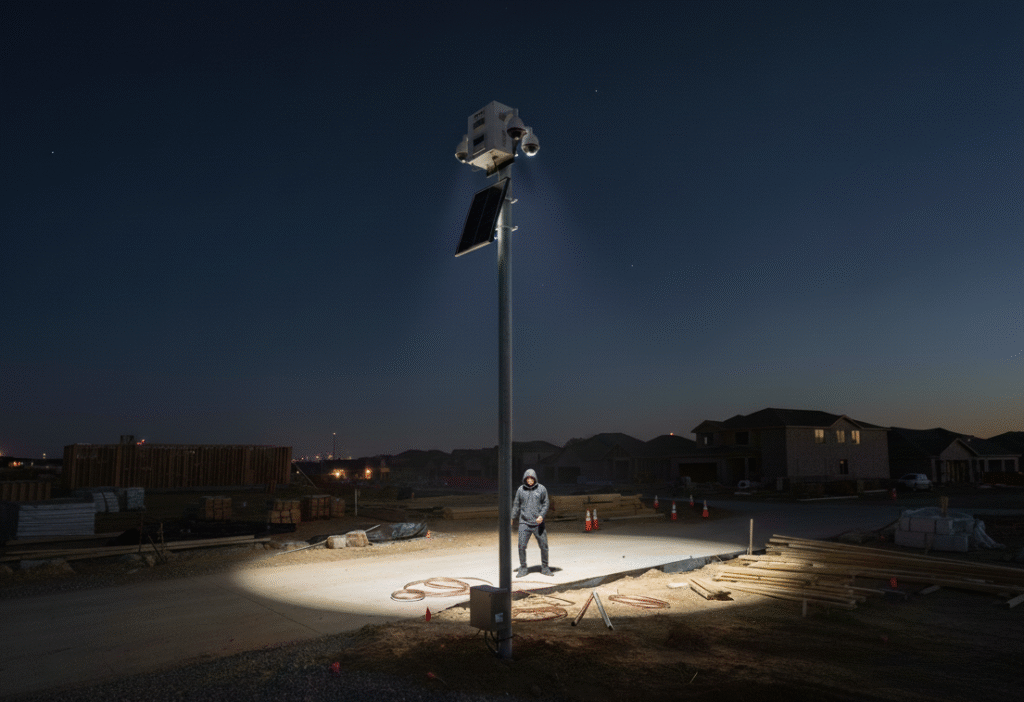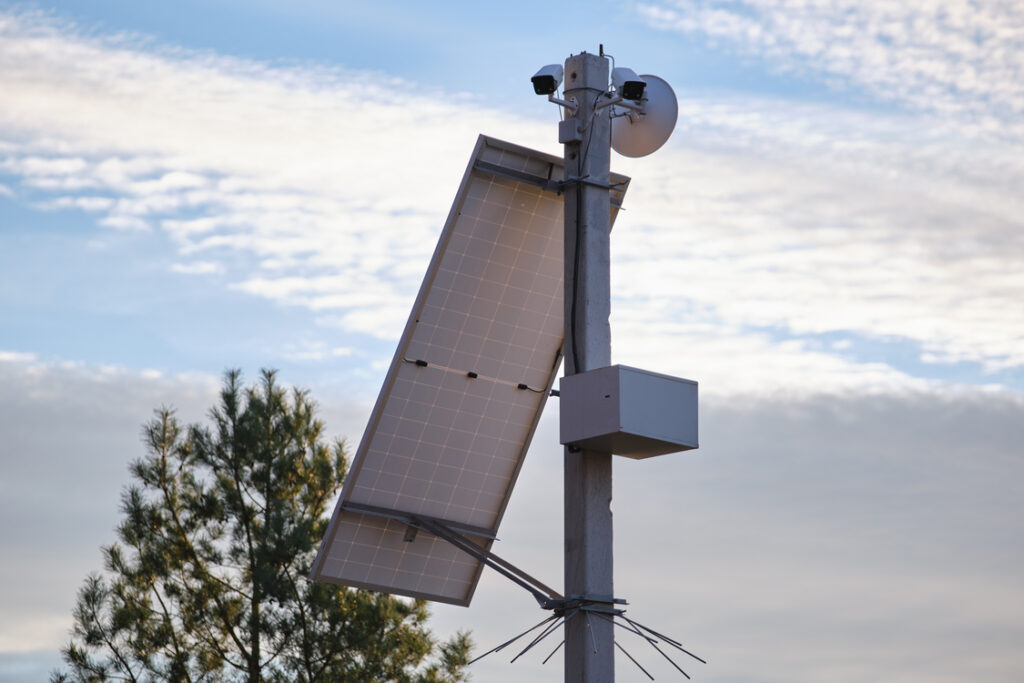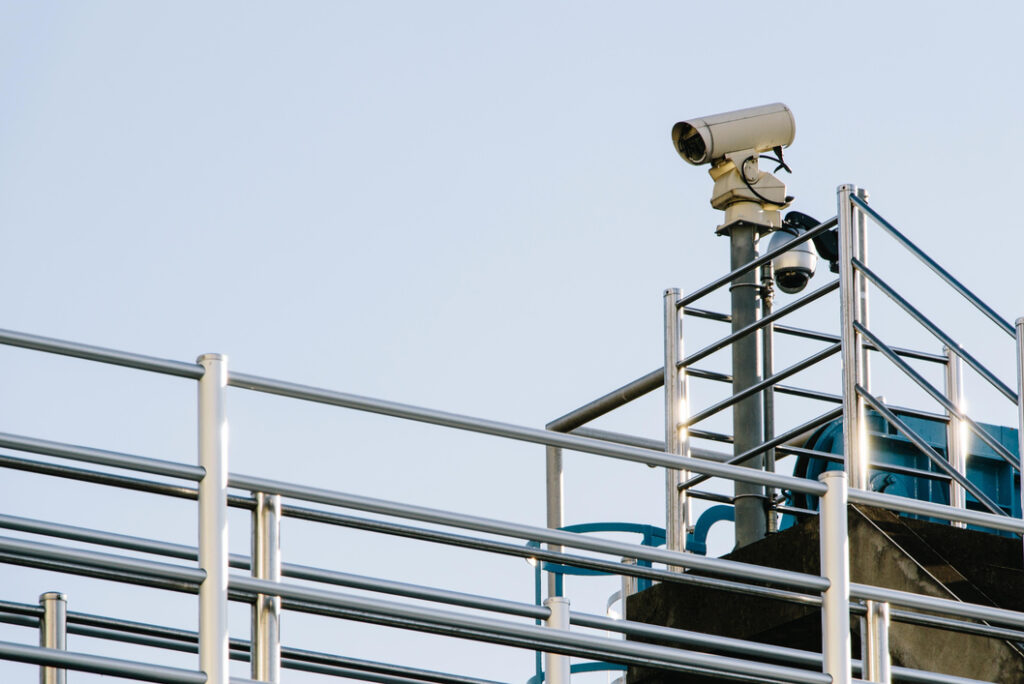The Importance of Security on Job Sites
Ensuring security on job sites is essential to protect assets, equipment, and the people who work there. Construction and industrial projects often leave valuable machinery and materials exposed, making them attractive targets for theft and vandalism. A well-planned security strategy reduces financial losses, prevents project delays, and creates a safer, more productive work environment.
Effective job site security combines surveillance, access control, and
alarm systems with clear procedures and trained staff. When systems are integrated—cameras tied to access logs and
alarms tied to on-call response—incidents are discovered faster and handled more effectively.
Why Security is Essential
- Prevent Theft & Vandalism: Expensive equipment, tools, and materials left on-site are common targets for theft.
- Ensure Worker Safety: Controlled access reduces the chance of unauthorized people entering hazardous zones.
- Reduce Downtime & Costs: Recovering from theft or damage can delay timelines and increase project budgets.
- Protect Reputation: Secure sites demonstrate professionalism to clients, insurers, and partners.
Best Security Measures for Job Sites
- Surveillance Cameras: Use high-resolution IP cameras with night vision and remote access for continuous monitoring. View products
- Access Control Systems: Limit entry with keycards, biometrics, or mobile credentials to ensure only authorized personnel access the site.
- On-Site Security Guards: Trained personnel provide immediate response and act as a visible deterrent to crime.
- Motion Sensors & Alarms: Deploy perimeter sensors and audible alarms to detect after-hours movement and trigger alerts.
- Remote Monitoring: Combine cameras with cloud platforms and mobile apps to keep an eye on activity from anywhere.
- Lighting & Fencing: Proper perimeter lighting and secure fencing reduce concealment opportunities for intruders.
Implementation Tips
- Begin with a site survey to identify vulnerable access points and high-value assets.
- Layer solutions—combine physical security (fencing, guards) with electronic systems (cameras, alarms).
- Keep video and access logs in the cloud for secure, long-term evidence storage.
- Train staff on site security protocols and incident reporting procedures.
- Review and update your security plan as the site layout and project phases change.
Conclusion
Investing in comprehensive job site security protects assets, improves safety, and keeps projects on schedule. To design a tailored security plan for your location, explore our services, check pricing, or contact us for a site assessment and recommendation.




